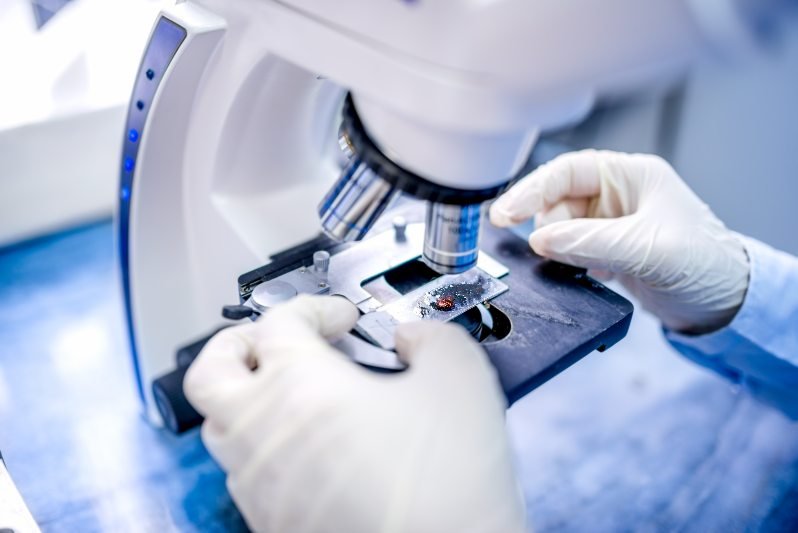-
April 28, 2020
-
0

What is Renal Biopsy?
A renal biopsy is a minimally invasive procedure where tissue from the kidney is extracted for laboratory tests and analysis. This procedure helps doctors diagnose kidney disease and afflictions and determine a suitable treatment plan. Renal biopsy is also performed to monitor the effectiveness and functionality of the kidneys, especially following a transplant.
There are two types of renal biopsy:
Percutaneous biopsy: This involves the use of a thin biopsy needle which is inserted through the skin to extract kidney tissue. A CT scan or ultrasound is used to direct the needle toward the desired site of extraction. This is the most frequently used procedure to acquire renal tissue.
Open biopsy: This procedure involves making a small incision in the skin through which the doctor can visualise the kidneys and determine the best area to extract tissue.
Why is a Renal Biopsy performed?
A renal biopsy is performed after routine tests show that there are issues with the kidney. If you are showing any symptoms of kidney disease or malfunction, you doctor may suggest a renal biopsy. This procedure will help the doctor identify:
- Course of abnormal levels of waste products in your blood
- The causes behind high protein levels in the urine
- The causes behind blood in the urine
- If there is kidney disease to determine its progress and the right treatment
- If a transplanted kidney suddenly lands up with trouble, Renal biopsy will guide as the treatment modality
- A tumour in or around the kidney and also determine if it is benign or malignant
Who should undergo a Renal Biopsy?
If you are showing any symptoms of kidney disease or malfunction such as blood in the urine , make sure to consult your nephrologist immediately. Your doctor will determine if a renal biopsy is necessary based on your condition, its severity and to determine the best course of action.
Contact
JAYANAGAR
BANASHANKARI

